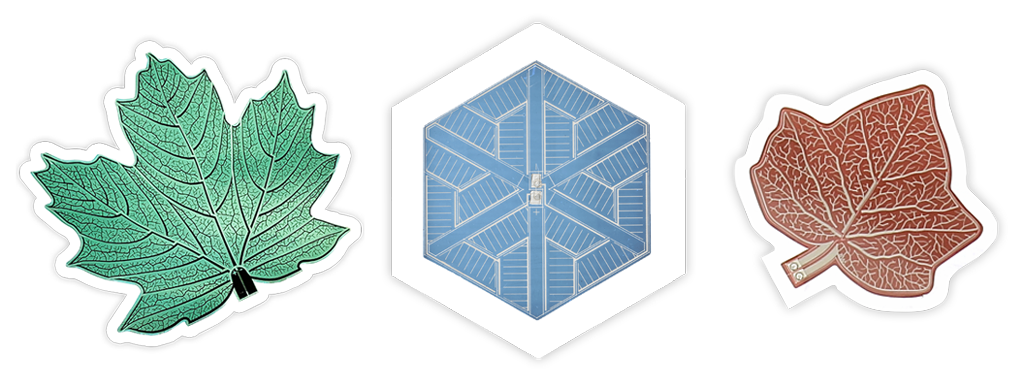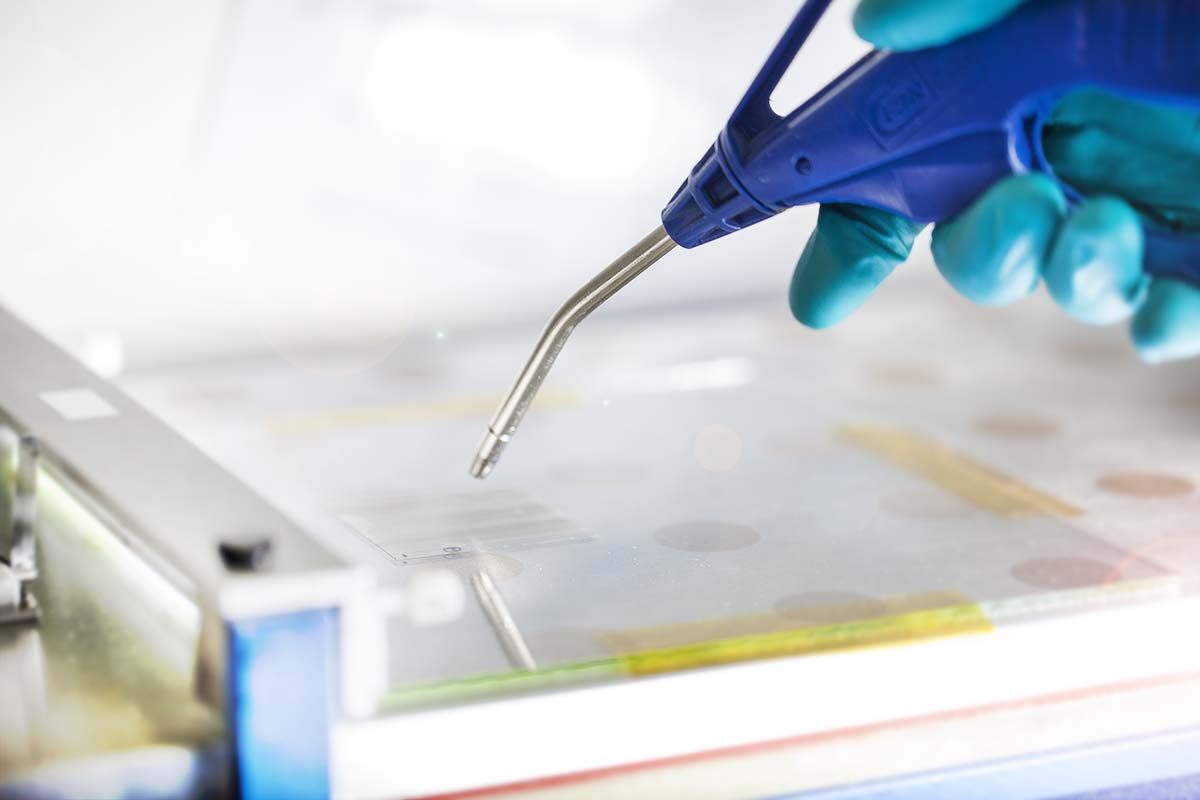ASCA® Technology
Innovative, Modern & Sustainable

Physical characteristics
-
Flexible
The ASCA® film can withstand a high level of torsion, deformation and vibration without any impact on performance or durability. Thanks to this feature, it can be used on curved or wavy surfaces.
-
Transparent
The ASCA® film has a basic transparency of 20% that can be easily increased up to 50%.
-
Lightweight
The ASCA® film has a weight of less than 500g/m².
-
Colored
To best meet design needs, the ASCA® film is offered in different colors: blue, green, red or gray. Combined with other colored materials, the color palette is unlimited.
-
Light sensitive
ASCA® solutions are able to operate at lower light intensity levels than other technologies. This unique property makes it very suitable for indoor applications or building facades in particular.
-
Heat-resistant
The ASCA® film offers a positive temperature coefficient and hence does not experience any efficiency loss with rising temperatures. Then, it can also be used in extreme weather conditions with strong temperature fluctuations.
System
-
Designable
The ASCA® film is able to take on any shape and size according to customers’ specifications and thanks to the laser structuring method the module design itself is personalized. The electrical parameters are easily tailorable within the absolute performance limitations of the type of module.
-
Integrable
ASCA® modules can be integrated into nearly any kind of surface and many materials (metals, glass, membranes, plastics, textiles, etc.).
-
Connectable
On request, ASCA®'s team offers support in the development of the electrical system and proposes customized connection solutions adapted to each project.
-
Durable
The ASCA® solutions last a long time, with a service life of up to 20 years depending on the field of application.
Manufacturing

Sustainability
-
Low carbon impact
Thanks to making use of roll-to-roll coating process and printing, the ASCA® production process is low-carbon, since it requires little energy during manufacturing. This means that ASCA® film only takes a few months to produce an equivalent amount of energy as needed for its production. This is the shortest energy payback time (EPBT) in the photovoltaic market.
-
Sustainable and non-hazardous to health
Each element of the film has been selected according to strict environmental criteria. ASCA® has decided to produce with the guarantee that no chlorinated or fluorinated derivatives (CFCs) are used. Rare metals are also excluded from the production process. It is therefore guaranteed that no toxic and/or carcinogenic substances, neither in the production process nor in the product itself are used.
-
Re-usable
ASCA® films can be re-used at the end of their life cycle thanks to a thermal recycling process called Solid Fuel Recovery (SFR). This principle consists of substituting fossil energy with the calorific value of ASCA® films, recovered during combustion. This process also includes recycling the ashes of the film.
-
Low material input
The quantity of raw materials used is optimized and the coating process of the thin layers enables precise metering.

